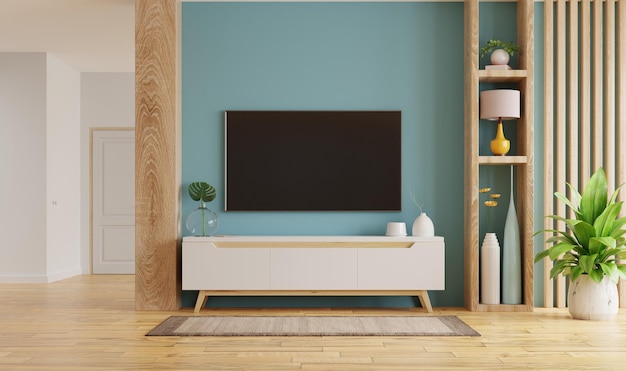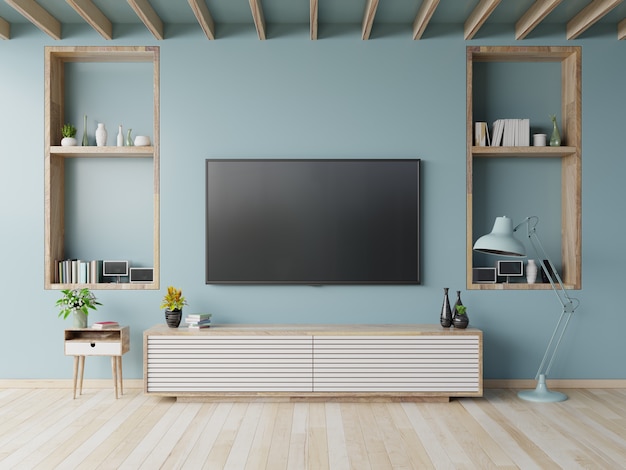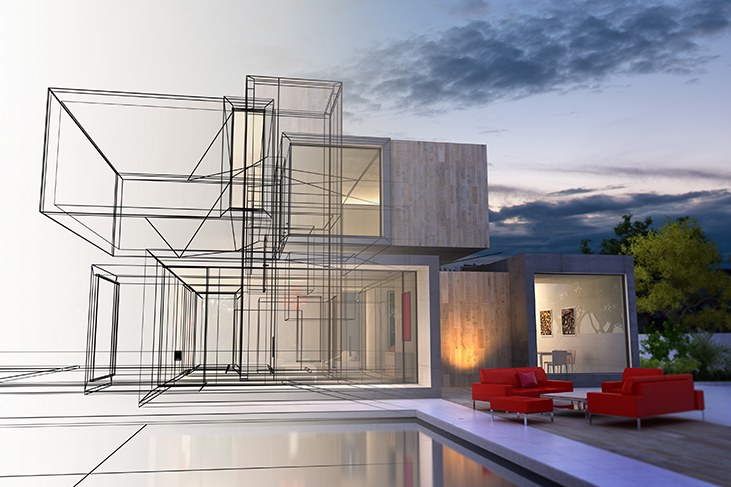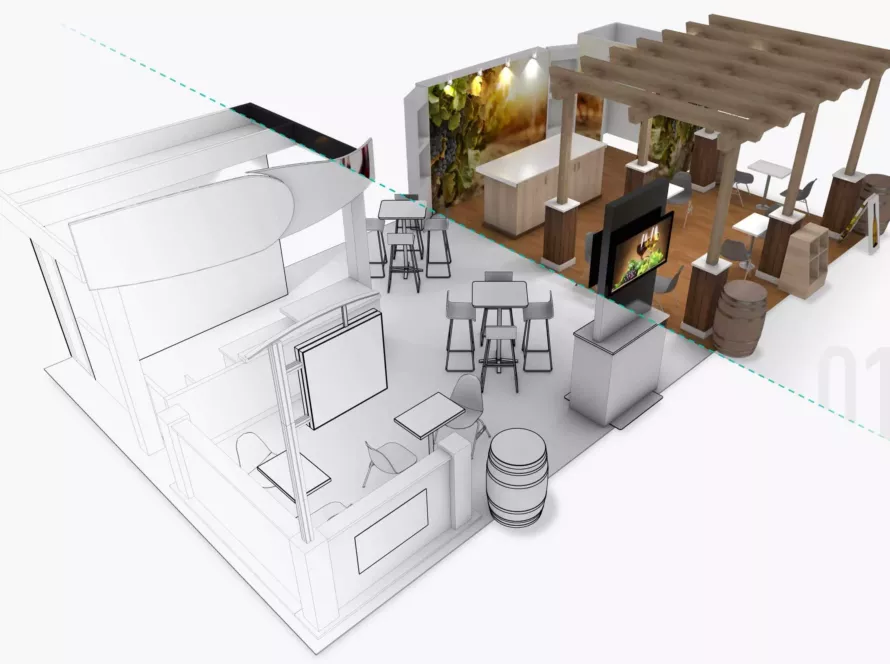3D rendering is a powerful tool that allows artists and designers to create stunning, realistic, and visually engaging digital images. Whether it’s for architecture, product design, video games, or films, 3D rendering helps bring ideas to life, showcasing details and perspectives that would be impossible to capture otherwise.
However, creating a successful 3D rendering is not just about the models and lighting; the background plays a critical role in setting the tone, mood, and context of the image. From subtle and natural to bold and fantastical, the right background can make or break the effectiveness of a 3D rendering.
Creating the Perfect Backdrop: Key Factors to Consider
When it comes to selecting the right background for your 3D rendering, there are several key factors to consider. Here are some of the most important ones:
- Color and texture: The color and texture of the background can have a significant impact on the overall look and feel of your 3D rendering. Choose colors that complement the models and lighting, and textures that add depth and interest to the image.

- Context: The background should provide context for the models and help convey the desired mood and message. For example, a sleek, modern office building might look best against a backdrop of a bustling cityscape, while a futuristic spaceship might look more at home in a star-filled space background.
- Scale: The scale of the background is important in helping to create a sense of space and proportion in your 3D rendering. For example, a large, sprawling cityscape can make a small model look minuscule, while a small, detailed background can help make a large model stand out.
- Compatibility: The background should be compatible with the models and lighting, both in terms of style and technical requirements. For example, a highly detailed background may require a lot of processing power, while a simple, abstract background might be more suitable for a low-resolution image.
Unleashing Your Imagination: Different Types of Backgrounds for 3D Rendering
There are many different types of backgrounds that can be used in 3D rendering, each with its own strengths and weaknesses. Some of the most popular options include:
- Photorealistic environments: Photorealistic environments can provide a natural, realistic look and feel to your 3D rendering. They can be created using photographs or digital images, and can range from cityscapes and landscapes to interiors and exteriors.
- Abstract backgrounds: Abstract backgrounds can be used to create a unique, stylized look for your 3D rendering. They can be made up of patterns, shapes, and colors, and can be used to create a wide range of moods and effects.
- Fantasy environments: Fantasy environments allow you to create a world of your own, filled with fantastical landscapes, creatures, and structures. These backgrounds can be used to create a dream-like, otherworldly feel for your 3D rendering.
- Virtual environments: Virtual environments can be used to create a realistic, interactive 3D experience for your viewers. These environments can be used to showcase models and products in a real-world context, and can be viewed from different angles and perspectives.

Bringing It All Together: Tips for Creating the Perfect Background
Creating the perfect background for your 3D rendering takes time, effort, and attention to detail. Here are some tips to help you get started:
- Experiment with different backgrounds: Try out different types of backgrounds to see what works best for your 3D rendering. Don’t be afraid to try out something new or unconventional.
- Pay attention to lighting: Lighting can have a big impact on the overall look and feel of your 3D rendering, so make sure that the background and lighting are working together.
- Keep it simple: Sometimes, a simple background can be just as effective as a complex one. Don’t overload the image with too many details or textures.
- Focus on the models: Remember, the background is there to support the models and lighting, not to overshadow them. Make sure that the background complements the models and doesn’t detract from them.
- Seek feedback: Get feedback from others on your 3D rendering to see if the background is working. Ask for suggestions and be open to making changes.

The Final Touch: Adding the Perfect Background to Your 3D Rendering
The background can make or break a 3D rendering, so it’s important to choose the right one. Whether you’re going for a photorealistic, abstract, or fantasy environment, the right background can add depth, context, and interest to your image. So go ahead and unleash your creativity, and see where your imagination takes you.
Conclusion
In conclusion, the background is a crucial aspect of 3D rendering that should not be overlooked. With the right background, you can create stunning, realistic, and visually engaging images that bring your ideas to life. Whether you’re a seasoned 3D artist or just starting out, understanding the importance of backgrounds and experimenting with different types and styles can help you take your 3D renderings to the next level. So start exploring and have fun!





